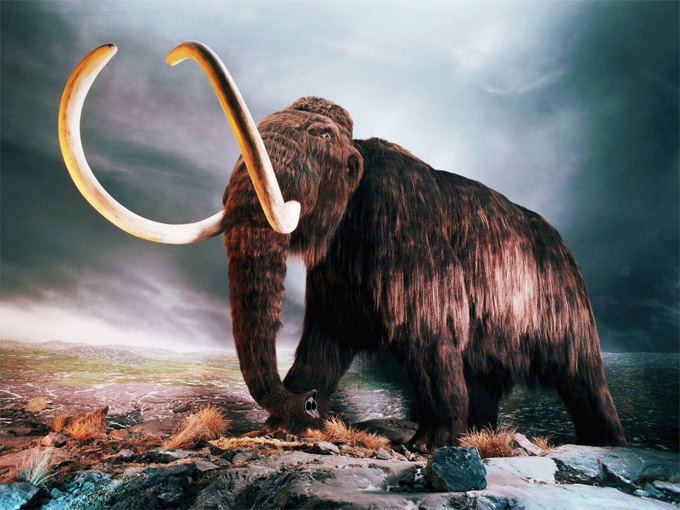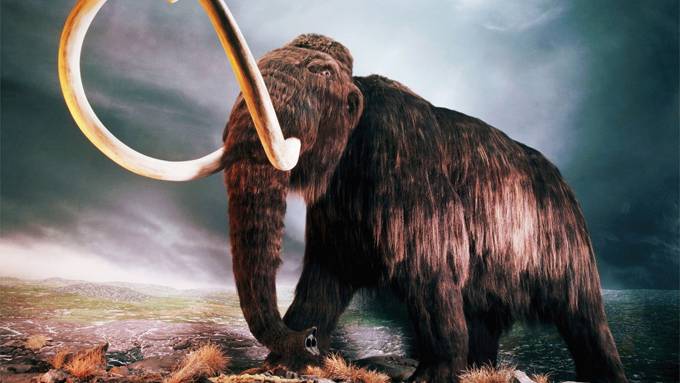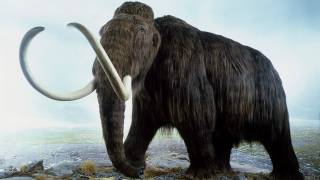Russian scientists to attempt clone of woolly mammoth
Source: bbc.co.uk

Scientists from Russia and Japan are undertaking a Jurassic Park-style experiment in an effort to bring the woolly mammoth out of extinction.
The scientists claim that a thigh bone found in August contains remarkably well-preserved marrow cells, which could form the starting point of the experiment.
The team claim that the cloning could be complete within the next five years.
But others have cast doubt on whether such a thing is possible.
Mother cow?
The team, from the Siberian mammoth museum and Japan's Kinki University, said that they planned to extract a nucleus from the animal's bone marrow and insert it into the egg of an African elephant.
Similar procedures have been done before with mixed results.
In 2009 it was reported that the recently extinct Pyrenean ibex was brought back to life briefly using 10-year-old DNA from the animal's skin. The cloned ibex died within minutes of being born, due to breathing difficulties.
The Roslin Institute, famous for cloning Dolly the sheep, no longer conducts cloning work but has published some thoughts on the possibilities of bringing extinct species back to life.
It said it was extremely unlikely such an experiment would be successful, especially using an elephant surrogate.
"First, a suitable surrogate mother animal is required. For the mammoth this would need to be a cow (as best biological fit) but even here the size difference may preclude gestation to term," it said.
The success rate for such an experiment would be in the range of 1-5%, it said.
The second issue would be the need for viable whole cells.
"If there are intact cells in this tissue they have been 'stored' frozen. However, if we think back to what actually happened to the animal - it died, even if from the cold, the cells in the body would have taken some time to freeze. This time lag would allow for breakdown of the cells, which normally happens when any animal dies. Then the carcass would freeze. So it is unlikely that the cells would be viable," it said.
Assuming that viable cells are found it becomes a numbers game, it went on.
"Let's say that one in a thousand cells were nevertheless viable, practical issues come into play. Given that we have an efficiency of 1% cloning for livestock species and if only one in a thousand cells are viable then around 100,000 cells would need to be transferred," it said.
Hybrid
Charles Foster, a fellow at Green Templeton College, Oxford, seemed more optimistic.
"The idea of mammoth cloning isn't completely ridiculous.
"How the resultant embryos would fare beyond the stage of a few cells is more or less unknown," he said.
While most of the genetic coding of the embryo would come from the mammoth, some would come from the elephant ovum.
"We really don't know what the contribution of that cytoplasmic material is, or how it would interact with 'alien' DNA," he said.
It would however mean that, even if successful, the clone would be a hybrid rather than a pure mammoth.
Source: bbc.co.uk






















